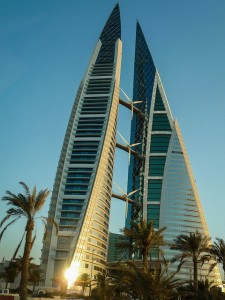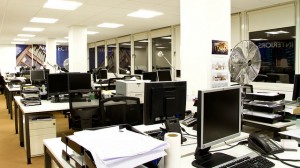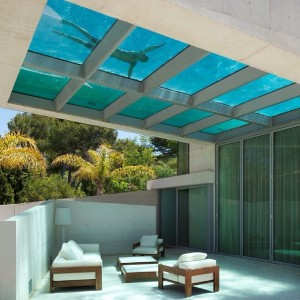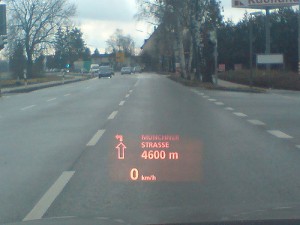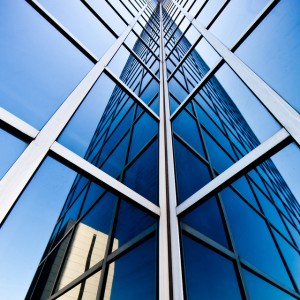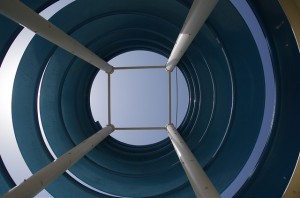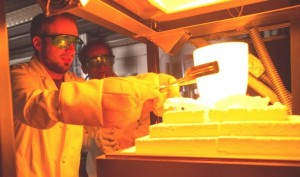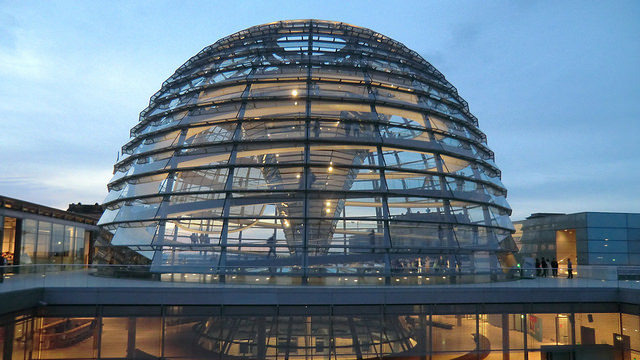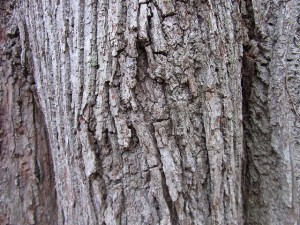Iconic Glass Structures – Bahrain World Trade Centre
The London-based architectural firm Atkins designed the Bahrain World Trade Centre, and construction was completed in 2008. The design has won numerous awards for sustainability. The Bahrain World Trade Centre was the first tall building in the world to incorporate wind turbines into its design. Atkins used extensive wind-flow data from the site to determine the buildings’ final shape. The shape of the building maximizes wind flow between the towers, which optimizes the power output of the turbines.
The slope of the towers distributes airflow evenly to the turbines, which allows them to rotate at the same speed and generate similar power. Although the design projections estimated that the turbines would generate a maximum of 15% of the building’s electrical demand, actual operation shows that the turbines generate significantly more than the design projection. The positioning of the building has raised debate among architects, some of whom believe that if the buildings had been built in the exact opposite configuration, the turbines could have generated an additional 15% more power. Repositioning the turbines could have allowed them to generate 30% more power, making the building nearly completely self-sustaining.
The World Trade Centre is integrated into an existing hotel complex. Retail space and restaurants are also in operation on the towers lowest floors. The building features 45 occupied aboveground floors and one below-grade floor. Additional stories at the top of the tower are not occupied.
The building superstructure, which is made of steel and concrete, makes liberal use of glass in all occupied spaces, as well as public spaces and in the skywalks between towers. The low-emissivity glass reduces solar heat gain in the interior spaces. A buffer separates the interior space from the building’s exterior, also to reduce heat buildup. Chilled water cools the building’s interior, and reflecting pools provide evaporative cooling at ground level. The building’s low-leakage windows are operable.
If you’re looking for some additional glass inspiration, please visit the rest of our site. If you’d like to purchase Glassprimer™ glass paint, please visit our online store .
Photo Credit: Photos By Clark , via Flickr.com

